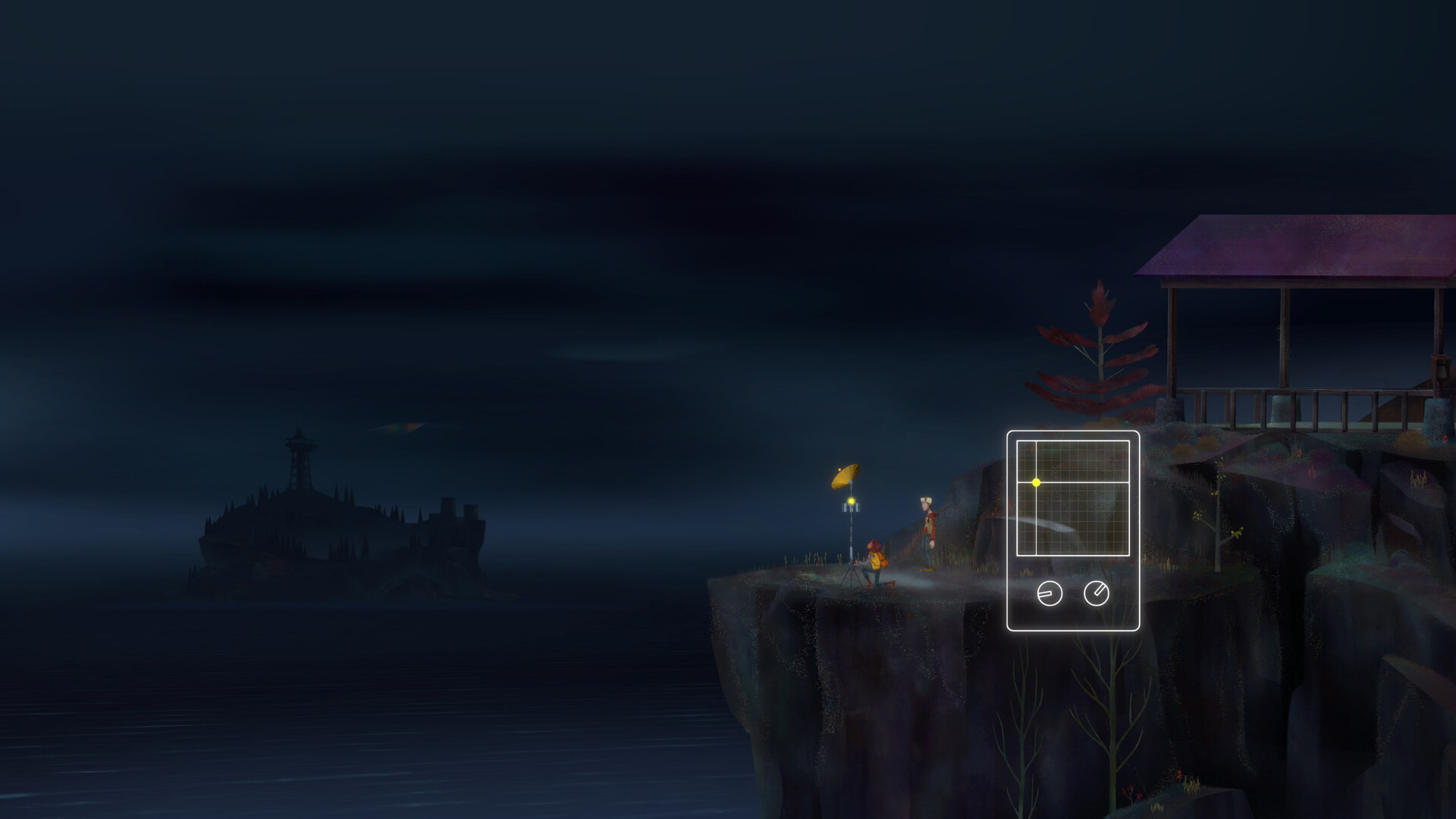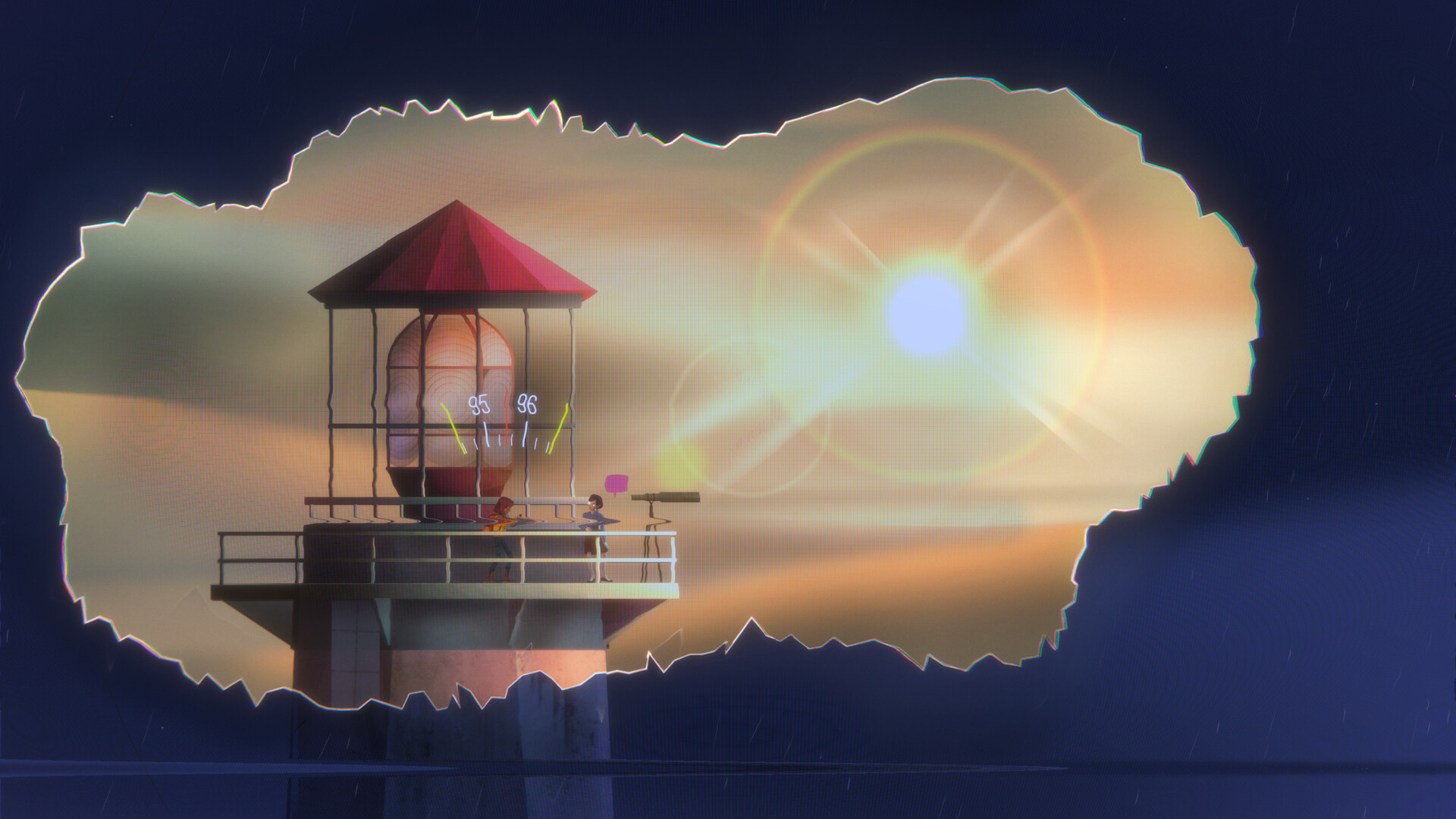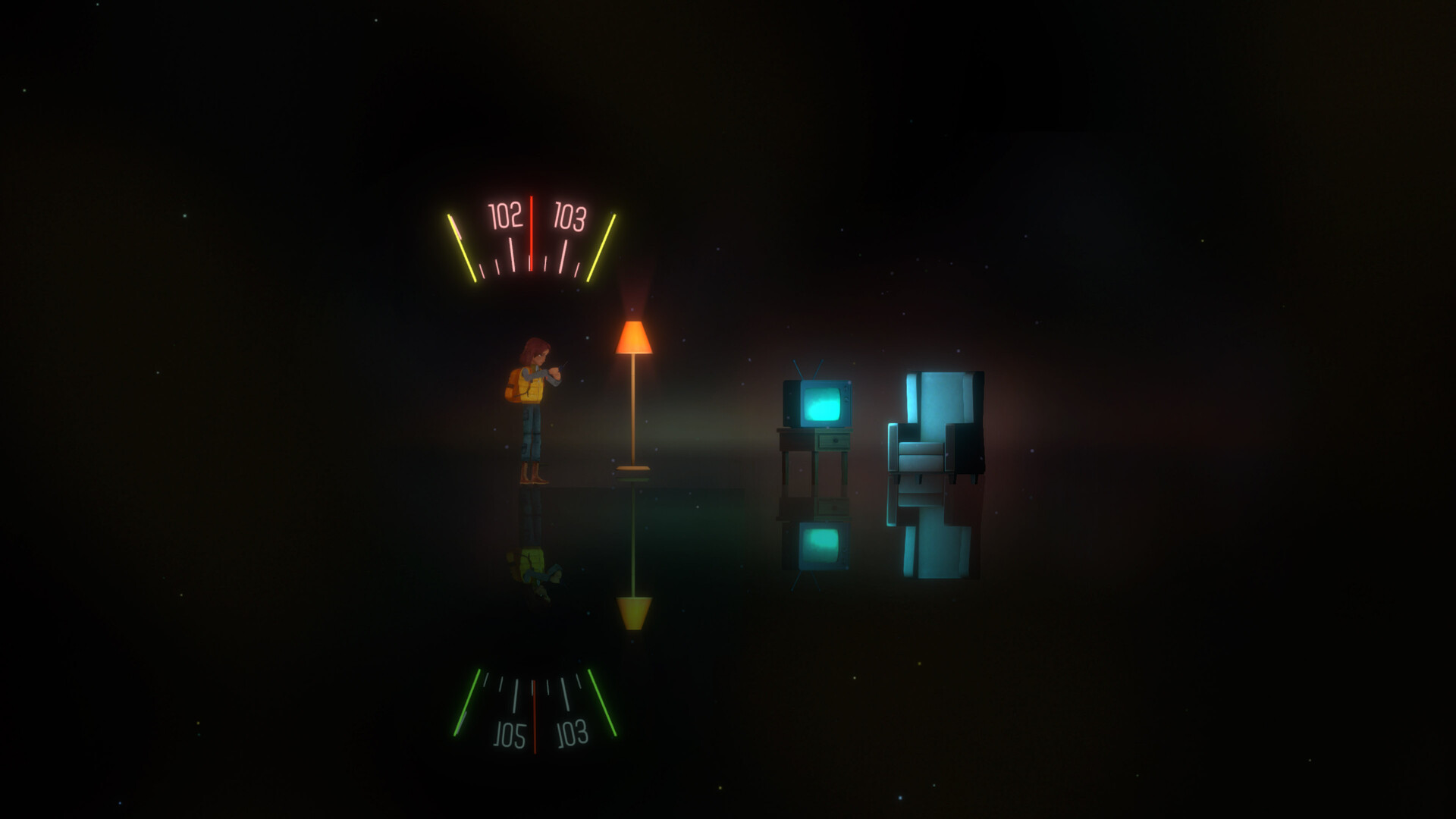
I hadn’t realized it, but Oxenfree II: Lost Signals is exactly the sort of game I wanted right now.
Amid the almost staggering clip at which we’ve been getting big games like The Legend of Zelda: Tears of the Kingdom, Final Fantasy XVI and Diablo IV, Netflix-owned developer Night School Studio’s sequel to its acclaimed 2016 graphic adventure title is a real treat.
It’s a tight, well-written and engrossing experience, getting you quickly invested regardless of your knowledge of its predecessor. That’s one of Lost Signals’ best traits: if you’re coming into it as a series newcomer as I am, you’ll be pleased to know this is a standalone sequel set five years later. Of course, I’m sure there are references or easter eggs to the previous game that I’ve missed, but on the whole, it functions perfectly on its own.
All you need to know is this is another supernatural mystery, this time focused on environmental researcher Riley Poverly. As part of her job, she’s tasked with returning to her hometown, Camena, to investigate strange disturbances with electronic equipment. In doing so, she stumbles across a long history of ghostly happenings on the nearby Edwards Island, returning from the first game.
Right off the bat, Night School was smart to frame Riley’s trip as a homecoming, as it gives us the perfect in as she reacclimatizes herself. Inner monologues and interactions with other characters, like her work partner Jacob Summers, further flesh out her backstory. That, coupled with the overall intriguing mystery, gives Oxenfree II a hook that lasts throughout the roughly six-hour campaign.
Meanwhile, one of the elements that even I knew about the original game, the natural-sounding dialogue, is back and just as important here. Liz Saydah and Joe Bianco are particularly excellent as Riley and Jacob, deftly balancing casual conversation with all of the mixed emotions that come from dealing with ghost stories. You easily buy into these two being thirty-somethings still figuring out their lives. Moreover, the believable dialogue only adds to the atmosphere, lulling you into a sense of safety and making the tonal swings hit even harder. In one instance, Riley might be playful ribbing the endearingly dorky Jacob for locking himself out of his cabin, but soon after, they’ll be faced with some unsettling phenomena.
And as you learn more about the antagonists, an enigmatic religious group attempting to open the portals from the first game, you’re challenged with making various decisions that will affect the outcome of the story. I felt invested in these choices as I came to really grow fond of Riley and Jacob, ensuring that I was always trying to do what I thought was best for them.
The strong narrative and atmosphere are crucial because Oxenfree II is otherwise light on gameplay beyond moving your character around and tapping to interact with objects. While I would have liked a bit more interactivity, this also makes the game perfect for the touchscreen of a mobile device. To Night School’s credit, Oxenfree II also features some decent little minigames, particularly through a new walkie-talkie mechanic that has you cycling through channels to discover optional dialogue. Some of the supernatural radio frequency tuning puzzles are engaging, too, though I also found some a bit clunky on the analogue sticks.
In the end, though, Oxenfree II is a standout game in an already standout year. Sometimes, it’s nice to have a smaller-scale, comparatively brief experience, especially when it feels as well-crafted as this. Even with some of the hokier twists and turns, you’ll find yourself hooked thanks to likable characters who feel real and a palpably spooky vibe.
Oxenfree II: Lost Signals is now available on PlayStation 4/5, Nintendo Switch, PC and Android and iOS (via Netflix Games).
Image credit: Netflix
MobileSyrup may earn a commission from purchases made via our links, which helps fund the journalism we provide free on our website. These links do not influence our editorial content. Support us here.





